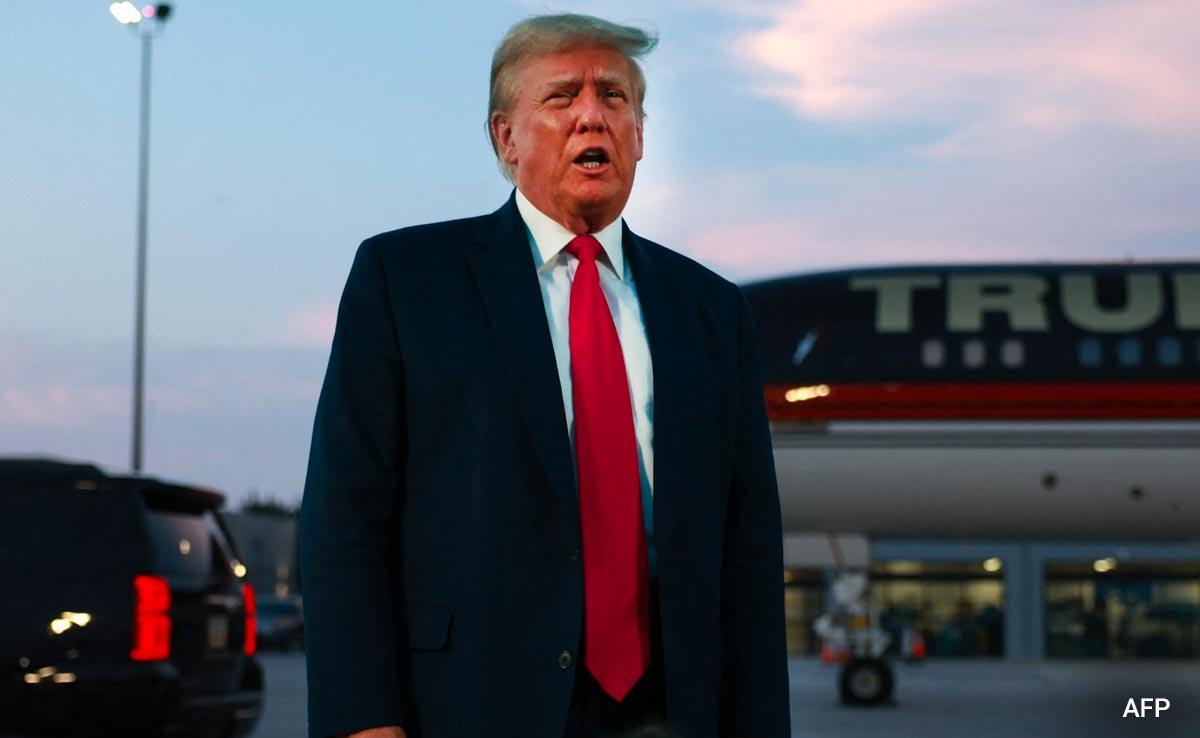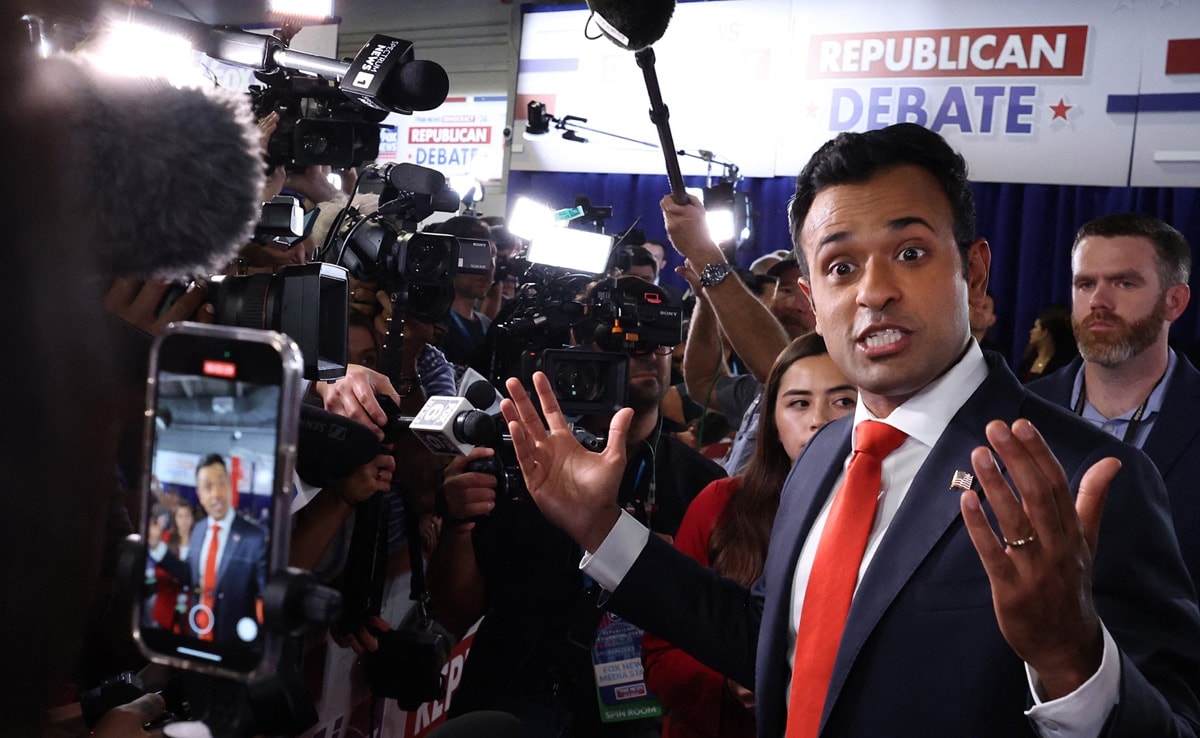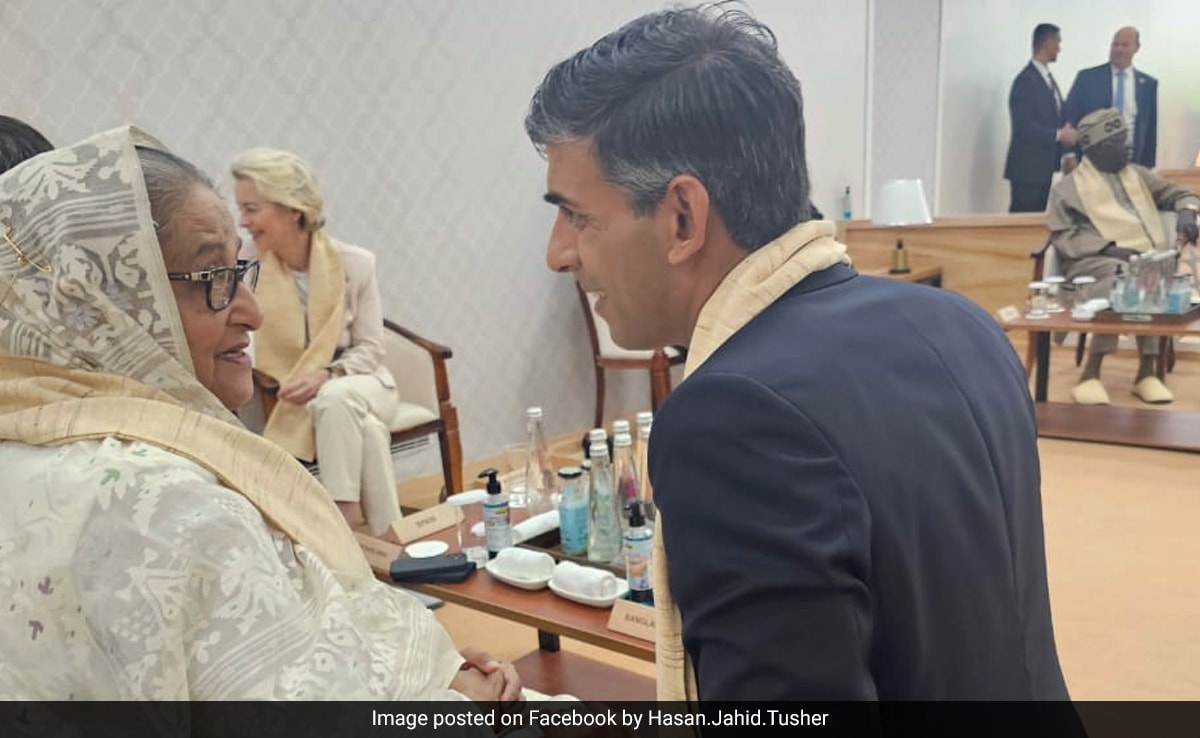China’s map triggers strong reactions from India and other Chinese neighbours, how much is this a part of a larger strategy for land-grab and what it does it mean for ties- and will the map, coming days after a Modi-Xi meeting and days before the G-20 summit mean more trouble for the India-China relationship ahead?
Last week, we had spoken of what seemed like a détente in India China ties after Prime Minister Narendra Modi and Chinese President Xi Jinping met on the sidelines of the BRICS summit in South Africa. But any idea of progress was punctured shortly after
Within a day, New Delhi and Beijing were at odds over just what had transpired in the talks, with both sides offering separate accounts of the discussion on the boundary, and even who had initiated the meeting, as China’s MFA claimed PM Modi requested it, while the MEA said India had asked for the meeting but had rejected a Chinese request for a formal structured meeting
3 days later China issued a new Map, it called the Standard Map of 2023- that showed its boundaries reaching far beyond its own into that of its neighbours- on the Indian boundary claiming Indian territory including all of Arunachal Pradesh and Aksai Chin
The MEA lodged a “strong protest” with China over the map, which was put out by its Ministry of Natural Resources as part of an annual exercise. EAM Jaishankar called the claims “absurd”.
“China has put out maps with territories (that are) not theirs. (It is an) old habit. Just by putting out maps with parts of India… this doesn’t change in anything. Our government is very clear about what our territory. Making absurd claims does not make other people’s territories yours,”.
Not just India- protests came in from Vietnam, Malaysia, the Phillipines, and also Taiwan, as China claimed about 90% of the South China Sea, and a 10-dash line south of its Hainan island that cut into the exclusive economic zones (EEZs) of Vietnam, the Philippines, Malaysia, Brunei and Indonesia.
China’s response was unrelenting- saying it was a routine event and called on countries to view it in an “objective and rational light”, even telling them to “stay calm” and not “over-interpret” the map
Meanwhile a week ahead of the G20 summit in India, there is no confirmation of Xi Jinping’s visit to Delhi, as reports indicate he will skip the summit, and send Premier Li Qiang in his place. This would be another blow to bilateral ties- as it indicates China downgrading its presence at the summit, and could mean less movement in forging a joint statement
I spoke to The Hindu’s China correspondent Ananth Krishnan about what the map portends for India:
1. Why has the publication of this map set off such alarm?
2. How do China’s new laws and Three warfares strategy line up with this map, and what should India be concerned about?
3. 3 years after the LAC standoff, where are India-China talks on the resolution of the boundary?
The Indian Map controversy Ananth referred to is from November 2019, when India published a new map post Article 370 moves in Jammu and Kashmir, spurring protests not just from China and Pakistan, but also from Nepal which snowballed.
What is the Three Warfare Strategy?
1. A strategy that dates back to the 1960s and to Mao’s contention that the PLA, rather than being a national military, is an instrument of establishing revolutionary political power. In 1963, this was put into PLA guidelines
2. In 2003, the Three Warfares was mentioned in the “Political Work Guidelines of the People’s Liberation Army” document revealed internationally over time
3. The three warfare strategies outlined are : public opinion warfare, psychological warfare, and legal warfare
4. The threats where this warfare is used, is both internal- to combat separatist groups in Xinjiang and Tibet, quell dissent in Hongkong, Increase rhetoric on reunification of Taiwan, and externally with land and maritime neighbours- spelt out in the National Security Law of 2015
5. In 2022, China enforced a new “Land Border Law”, that mandates the Party government and PLA to enforce all border claims- and assert territory claimed in maps, but also by population, and a “Coast Guard Law” authorising firepower to defend maritime territory.
So what must India watch out for diplomatically and militarily:
1. In the immediate future- the G20 summit next week- if China along with Russia refuses to budge, there may be no joint statement or leaders declaration, the first time G20 has failed to forge one
2. If Xi does not attend, another opportunity for PM Modi and the Chinese President to meet will present itself at the APEC summit November 14-16 in San Francisco which India is a special invitee at
3. Boundary talks have extended beyond the 19th round without a resolution, and more tensions between India and China on other fronts could cause more hostilities at the LAC in Ladakh
4. With the Chinese map usurping all of Arunachal Pradesh, that becomes another point of concern for the military to watch out for
5. Meanwhile China-Bhutan boundary talks are progressing apace, with the first China Bhutan meeting on boundary delimitation last week, and any deal between them on Bhutan’s western front would increase India’s vulnerabilities both in Sikkim and the Siliguri corridor that connects to the North East.
WV Take
In today’s era of growing geopolitical tensions, a map is no longer just a two-dimensional paper with lines, but an indicator of a country’s intentions and its imagination of its own frontiers. In that sense, Beijing’s decision to publish a map, though a routine annual exercise must be read closely with the Chinese moves on the LAC and maritime sphere, including military exercises, transgressions, building of permanent infrastructure and border villages. India too, must realise the importance of its own map making exercises and ensuring no surprises for its diplomatic ties with neighbours.
WV Reading Recommendations
1. Backlash: How China’s Aggression Has Backfired -Kindle Edition- by Helen Raleigh
2. Party of One: The Rise of Xi Jinping and China’s Superpower Future by Chun Han Wong
3. Inside the Mind of Xi Jinping by Francois Bougon
4. China’s New Red Guards: The Return of Radicalism and the Rebirth of Mao Zedong by Jude Blanchette
5. Making Sense of China’s Economy by Tao Wang
6. The Long Game: China’s Grand Strategy to Displace American Order (Bridging the Gap) by Rush Doshi
7. China After Mao: The Rise of a Superpower by Frank Dikötter
8. Will China’s Rise Be Peaceful?: The Rise of a Great Power in Theory, History, Politics , and the Future by Edited by Asle Toje
9. THE AVOIDABLE WAR?: The Dangers of a Catastrophic Conflict between the US and Xi Jinping’s China by Kevin Rudd
10. Xi Jinping’s ‘Chinese Dream’: China’s Renewed Foreign and Security Policy (Routledge Studies on Asia in the World) by Prashant Kumar Singh from IDSA
11. Understanding the India-China Border : The Enduring Threat of War in the High Himalayas by Manoj Joshi
12. India’s China Challenge: A Journey through China’s Rise and What It Means for India by Ananth Krishnan
13. HOW CHINA SEES INDIA AND THE WORLD by SHYAM SARAN
14. The Long Game: How the Chinese Negotiate by Vijay Gokhale
Script and Presentation: Suhasini Haidar
Production: Reenu Cyriac and Shibu Narayan














